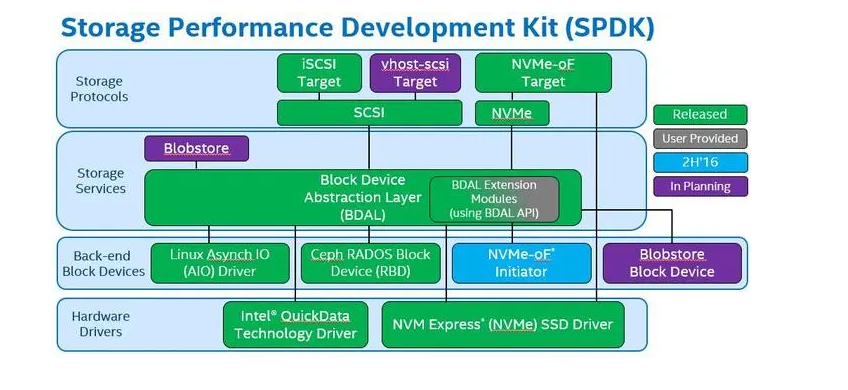The SOCKS Protocol Version 5 (SOCKS5) is defined in RFC 1928. The protocol provides a framework for client-server applications to securely transfer packets over a network through a proxy server. SOCKS5 supports various authentication methods and can handle multiple simultaneous connections.
The key features of SOCKS5 include support for both IPv4 and IPv6 protocols, the ability to authenticate users using various methods such as username/password, support for UDP packets, and improved security features compared to earlier versions of the protocol.
Some notable differences between SOCKS5 and its predecessor, SOCKS4, include the addition of support for IPv6 and the ability to perform DNS lookups on behalf of the client. Additionally, SOCKS5 allows clients to specify their desired destination address and port, providing more flexibility in routing traffic through a proxy server.
Overall, SOCKS5 is an important protocol used in many applications that require secure communication over networks, and its specifications are defined in RFC 1928.





















